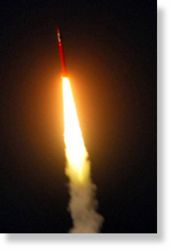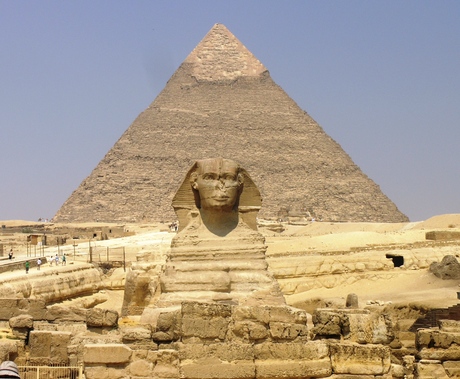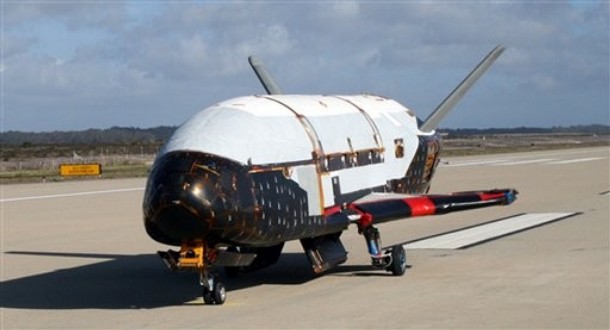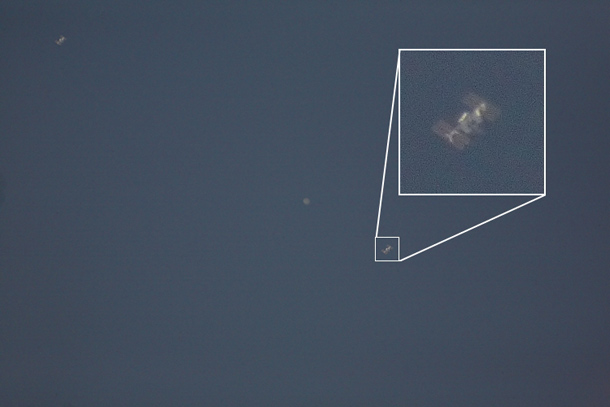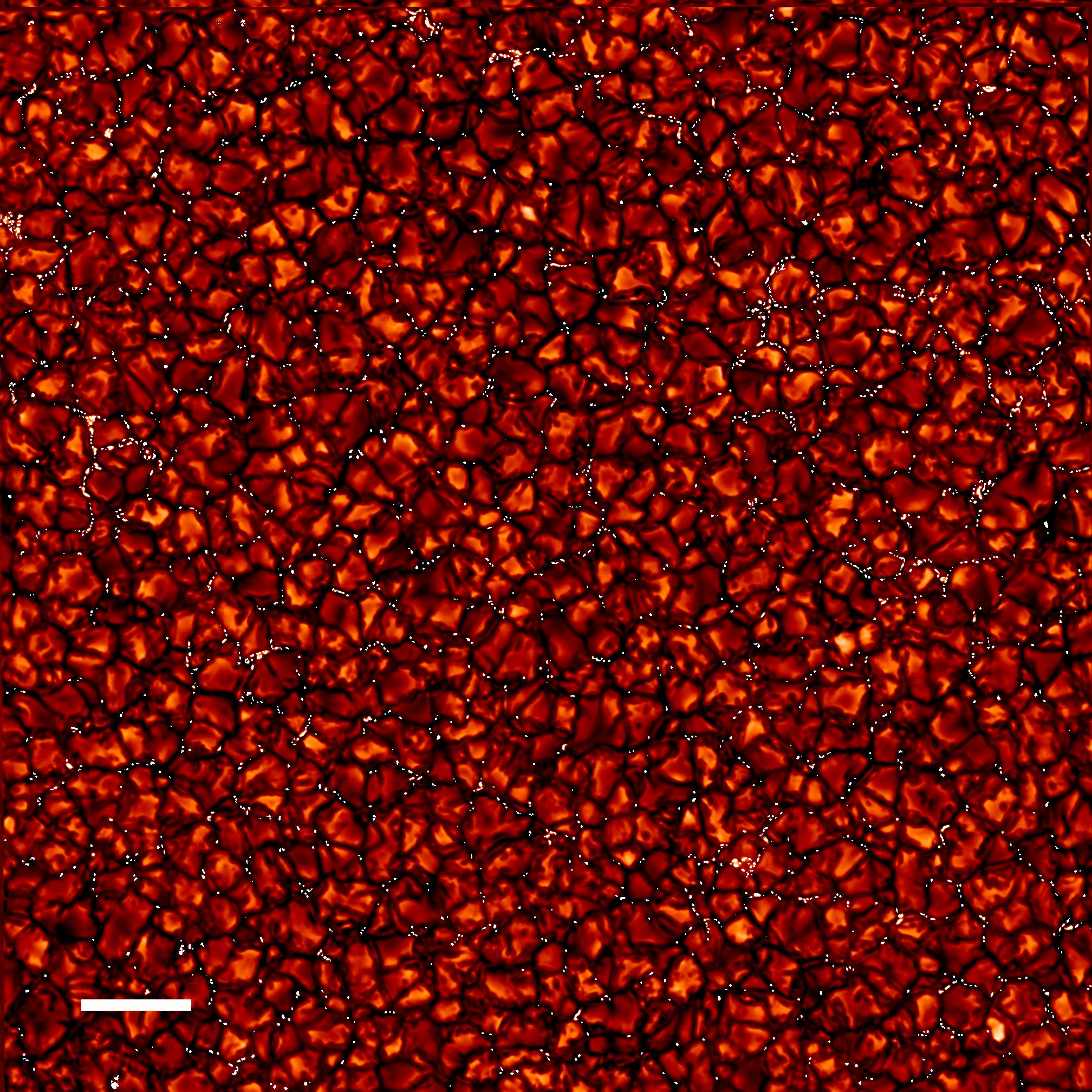
The Stratospheric Observatory for Infrared Astronomy (SOFIA) is a Boeing 747 jet that has been modified to carry a 2.5-metre telescope provided by the German Space Agency. The observatory is designed to fly at an altitude of about 12 kilometres.
That altitude is above more than 99 per cent of the atmosphere's water vapour, which obscures the sky at infrared wavelengths. That means SOFIA will receive roughly 80 per cent of the infrared light that hits orbiting space telescopes. It can be used to study phenomena such as star and planet formation in the Milky Way.
The telescope took off on Wednesday from NASA's Dryden Flight Research Center in Palmdale, California, for its first in-flight night observations. Images taken during the six-hour flight are sharp enough for the telescope to perform "front-line astronomical research", SOFIA project scientist Pam Marcum said in a statement.


